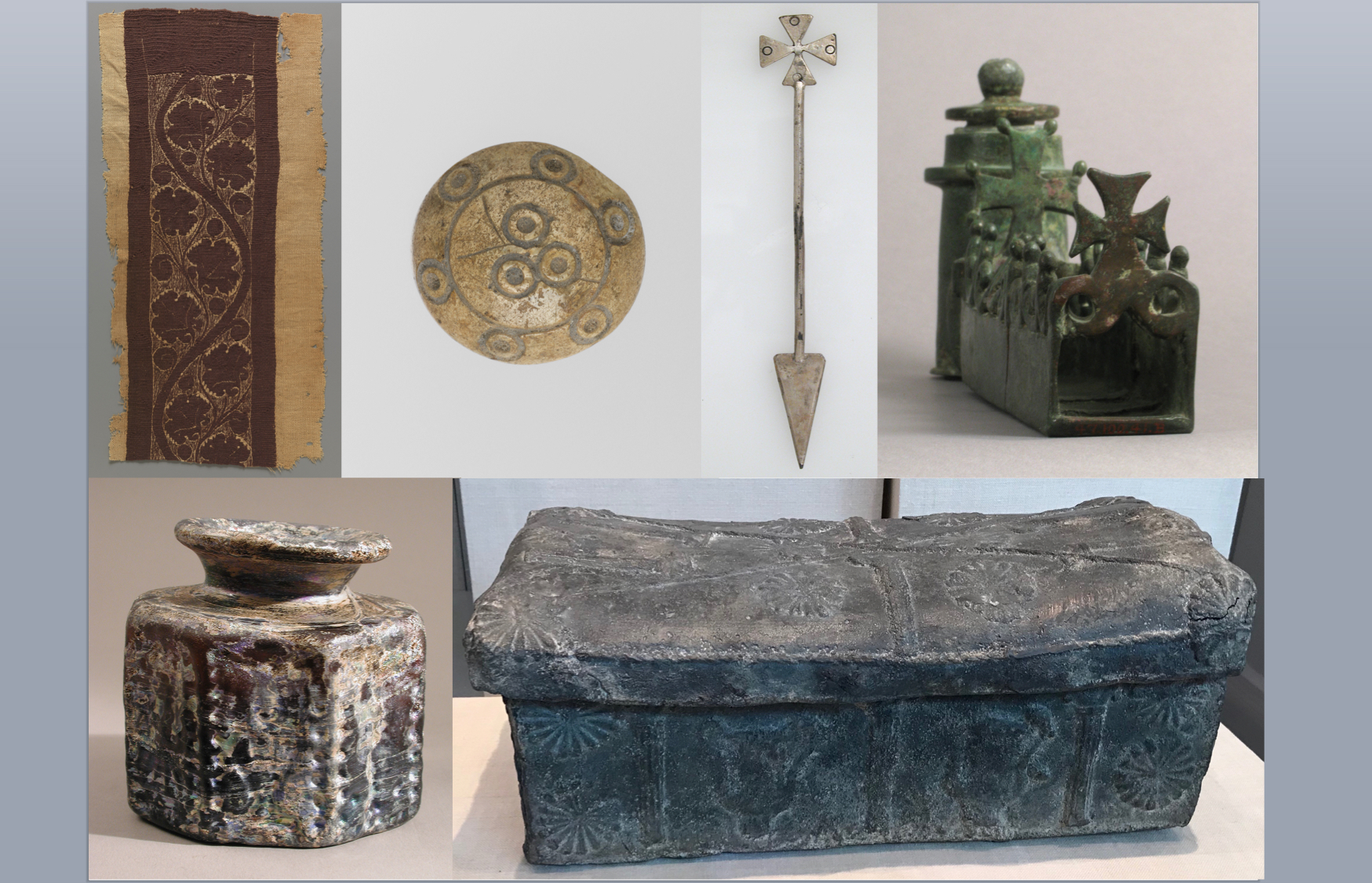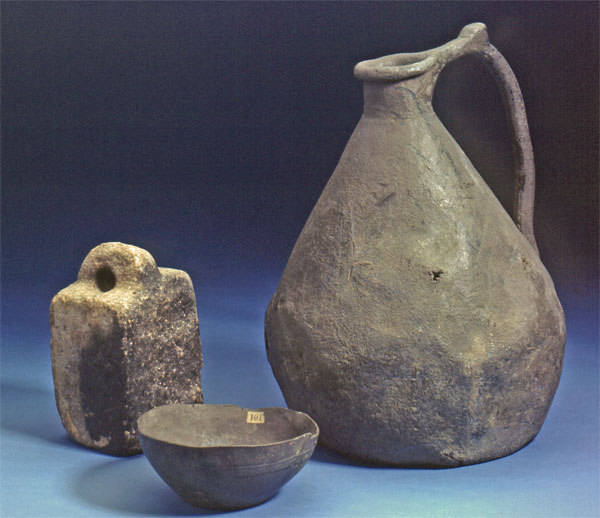Pewter in Late Roman Britain
Tin was less abundant and more expensive than lead in late Roman Britain, but it was still mined and widely available. Objects manufactured in tin-lead alloys, called pewter in English, were increasingly common. Of the more than 400 pewter vessels known from Roman Britain, most have been dated to the fourth century. Moreover, the high tin alloys are dated earliest, with increasingly leaded alloys predominating in the late third and fourth centuries. A higher proportion of lead than tin made pewter vessels both more durable and less expensive, but also to most purchasers less desirable. Pewter ingots were made and circulated. However, there is clear evidence for conscious choices made by pewter smiths, with different alloys employed in the casting of parts of vessels, for example the base of a dish having a higher lead content, whether for hardness and support or because the upper part with higher tin content would be more apparent to a viewer. The distribution of pewter finds suggests an active industry in the east of England, near Cambridge, where there are no tin or lead mines, but also activity in and near Bath, the Mendips, and further southwest, where there are both.[i]
The increased number of metal objects, including those in lead and pewter, may indicate increasing wealth in Roman Britain in the fourth century, and perhaps even a wealthier middling sort, beneath those who built ever more and larger villas in that century, frequently with beautiful mosaics. However, it is most clearly an indication of the abundance of lead available, whether from new smelting or the recycling of existing materials. This lead, and pewter, made its way to northwestern Europe, where it has been identified in numerous contexts from the fourth century until the tenth, including pewter mounts from the Viking ship burial at Gokstad (dated CE 895-903).[ii]
[i] N. Beagrie, ‘The Romano-British pewter industry’, Britannia 20 (1989), 169-91; R. Poulton and E. Scott, ‘The hoarding, deposition and use of pewter in Roman Britain’, Theoretical Roman Archaeology Conference 4 (1993), 115-32; J. Hall, ‘Public, personal or private? Roman lead-alloy ingots from Battersea’, in ‘Hidden histories and records of antiquity’: Essays on Saxon and Medieval London for John Clark (London, 2014), 116-21; Bayley, ‘Roman non-ferrous metalworking’, 332, 334, 336-7. A new study is promised based on the British Museum collection: L. Smith, Pewter in Roman Britain (London, forthcoming).
[ii] U. Pedersen et al., ‘Lead isotope analysis of pewter mounts from the Viking ship burial at Gokstad: On the origin and use of raw materials’, Archaeometry 58, suppl. 1 (2016), 148-63. For Roman-period finds in France, Belgium, and the Netherlands, see Beagrie, ‘Romano-British pewter’, 179-81.

